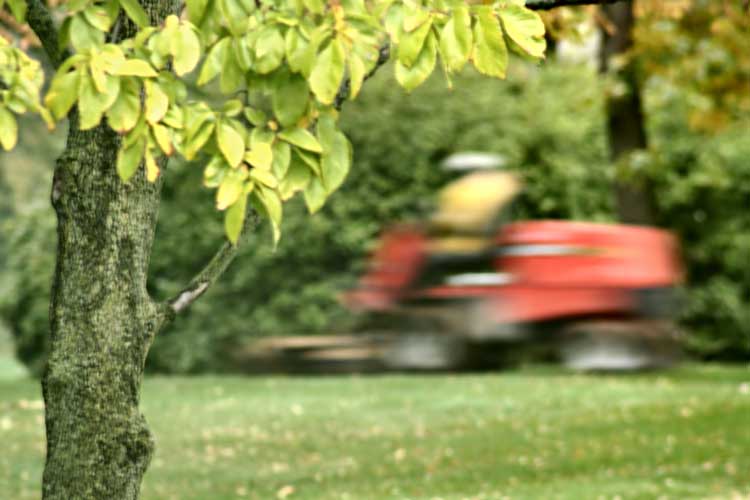Lawn Equipment Damage to Trees
go.ncsu.edu/readext?615297
en Español / em Português
El inglés es el idioma de control de esta página. En la medida en que haya algún conflicto entre la traducción al inglés y la traducción, el inglés prevalece.
Al hacer clic en el enlace de traducción se activa un servicio de traducción gratuito para convertir la página al español. Al igual que con cualquier traducción por Internet, la conversión no es sensible al contexto y puede que no traduzca el texto en su significado original. NC State Extension no garantiza la exactitud del texto traducido. Por favor, tenga en cuenta que algunas aplicaciones y/o servicios pueden no funcionar como se espera cuando se traducen.
Português
Inglês é o idioma de controle desta página. Na medida que haja algum conflito entre o texto original em Inglês e a tradução, o Inglês prevalece.
Ao clicar no link de tradução, um serviço gratuito de tradução será ativado para converter a página para o Português. Como em qualquer tradução pela internet, a conversão não é sensivel ao contexto e pode não ocorrer a tradução para o significado orginal. O serviço de Extensão da Carolina do Norte (NC State Extension) não garante a exatidão do texto traduzido. Por favor, observe que algumas funções ou serviços podem não funcionar como esperado após a tradução.
English
English is the controlling language of this page. To the extent there is any conflict between the English text and the translation, English controls.
Clicking on the translation link activates a free translation service to convert the page to Spanish. As with any Internet translation, the conversion is not context-sensitive and may not translate the text to its original meaning. NC State Extension does not guarantee the accuracy of the translated text. Please note that some applications and/or services may not function as expected when translated.
Collapse ▲When a tree is bumped or scraped by a lawnmower or bark is damaged by a string trimmer, the resulting wound can seriously threaten the life of that tree. Not only is the wound itself damaging, but pathogens can also enter the wound, causing further distress. Microorganisms often attack injured bark and invade the adjacent healthy tissues, greatly enlarging the affected area. It is not unusual for a tree to be completely girdled from microbial attack following damage from a lawnmower or string trimmer. Decay fungi on the surface of the wound can cause structural deterioration and decay of the woody tissues beneath the wound. The resulting internal decay can cause the wounded tree to break off at the stem or root collar.
Lawnmower injuries occur when mower operators attempt to trim grass around trunks with a push or riding mower. String trimmers cut into the bark and there is the potential to girdle a tree if the damage completely encircles the tree. The root collar area is the most common site of injury, though wounds may be found anywhere from the roots to several feet above the ground. To prevent such injuries, turf around trees can be removed and replaced with mulch. Mulching conserves moisture for the tree roots and reduces competition from the surrounding turf.
The most severe injuries from lawn mowers occur during periods when the tree bark “slips” in early spring during leaf emergence and in early fall during leaf drop. During these periods, even minor injuries will produce large wounds. Trees are long-term investments in our landscapes, take care to protect them.
Join the UCEMGV for their Successful Gardener program, Thursday, August 1, at
7 p.m. at the UC Agriculture Center. Steven Stegall will be our speaker and he will be discussing Extending the Growing Season.





